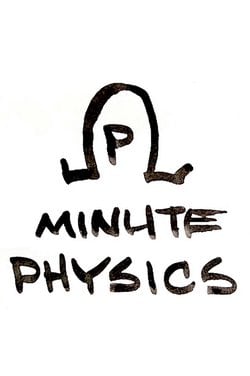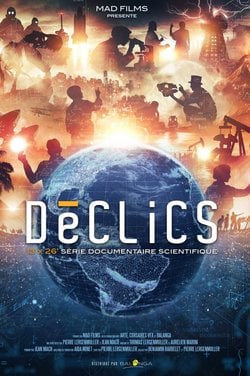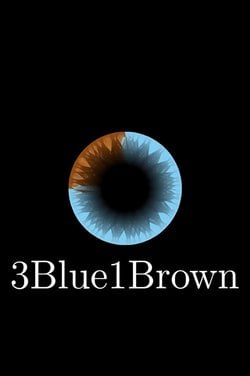- Original release
- Previous episode S01E05 - The Double Slit Experiment: Light As A Wave
- Number S01E06
-
External links
YouTube page
-
Last update
24 juillet 2023 - 13:42
on 11 databases -
The Photoelectric Effect: Light As A Particle
A simple, easy-to-understand explanation of the experiment that proved the particle nature of light and won Einstein a nobel prize. The Photoelectric Effect.
Hi! I'm Jade. I make fun physics videos that will make you smarter while making you smile :)
***SUBSCRIBE***
https://www.youtube.com/c/upandatom
***Let's be friends***
TWITTER: https://twitter.com/upndatom?lang=en
***RELATED VIDEOS YOU WILL LOVE***
The Double Slit Experiment: Light as a Wave https://youtu.be/gRX-s0p4HpM
How Many Dimensions Can You See? https://www.youtube.com/watch?v=cwWbSVzAFLQ
Thanks for watching!
____________________________________________________________________
The Photoelectric effect proved the quantum nature of light and won Einstein a nobel prize. It proved that light is made of particles! This discovery was controversial at the time as Thomas Young proved that light was a wave in 1801 with his Double Slit Experiment.
The experiment that proved the quantum nature of light (light is a particle) went like this: A negatively charged metal plate which is called the "emitter" is placed opposite a positively charged metal plate called the collector. They are both placed in a vacuum chamber and connected by a wire and battery. The electrons in the emitter want to jump across to the collector plate, but the vacuum is preventing movement within the chamber. A light source is introduced to give the electrons the energy they need to jump the gap to the collector. The energy from the light is transferred to the electrons in the form of kinetic energy. This flow of electrons produces a current which is measured by an ammeter in the circuit.
If light were a wave, the amount of electrons being freed from the emitter plate should depend on the intensity of the light, not the frequency. Light of higher intensity means a wave of bigger amplitude which means a wave carrying more energy. So a higher intensity should produce a larger current. So if the intensity of the light is high enough, regardless of the frequency of the light, the electrons should be given enough energy to break free. Also, this energy transfer should be gradual as there is a build up of energy,, so there would be a time delay between when the light hit the electrons and when they are emitted. Furthermore, the kinetic energy of the electrons should increase as intensity increases. This means they travel with more speed toward the collector.
Turns out none of that happened. The electrons jumped off the emitter instantaneously, there was no gradual build up of energy. It was as if the electrons were getting knocked off the surface. But the most interesting observation was that the kinetic energy of the electrons was dependent on the frequency of the light, not the intensity. For some frequencies, no electrons jumped off the metal at all. The only way to explain this behaviour is that light is a particle (photon). The threshold frequency (sometimes called stopping potential) is the minimum frequency needed to knock the electrons off the metal surface. All frequencies above the threshold frequency carry enough energy to knock the electrons off the emitter, all frequencies below do not. The higher the frequency of the photons, the more kinetic energy in the electrons.
From this, Einstein concluded that the energy carried in one of these light particles, which he called photons, was also proprtional to the frequency of the light (E=hf). More energy in a single photon meant more energy being transferred to an electron.
The one thing that did depend on the intensity was the electron current. If the light shone was above the threshold frequency, a higher intensity means more photons. More photons means more photon electron interactions which means more emitted electrons.
Einsteins discovery of photons and the photoelectric effect won him the nobel prize. But Young's proof of light being a wave was not wrong. Light is a particle and it's a wave. This is called wave-particle duality and is widely accepted in quantum physics.


Episodes (114)
Similar shows (10)
 MinutePhysics
MinutePhysics
 Innovation Effect
Innovation Effect
 3Blue1Brown
3Blue1Brown
 How It Works
How It Works

















































































































